For more than 35,000 years we have been inspired by nature, driven to reproduce and depict it in drawings, carvings, photography or film. That original motivation might have been shamanistic, triggered by a dependence on other species for survival, but in many cases there are also unquestionable examples of our admiration, love and inspiration by other animals from the cave art of Chauvet all the way up to Walton Ford‘s large-scale watercolors. But no matter how detailed, thought-provoking, studied, imaginative or ambitious these results have been, in a theoretical comparison nature always reigns sublime, surprising us with the unexpected solution, a perfect designs of timeless beauty, deceiving simplicity or a random intriguing anomaly, all of which is pure art.
“What I’m doing with my paintings is building a sort of cultural history of the way animals live in the human imagination.” Walton Ford
For his latest book of paintings, titled Oceans Fishes, James Prosek has made life-size renditions of the 35 most pursued fish in the Atlantic Ocean (plus several crustaceans, seaweed and mollusks sharing the same environment). The book is a personal tribute to marine beauty and, as he puts it, a “quiet conservation statement”. 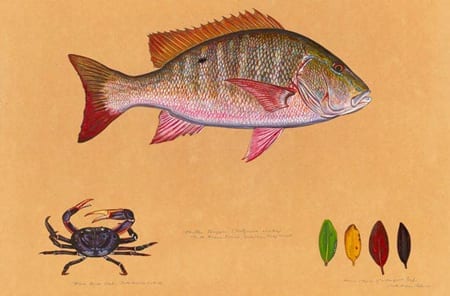 Mutton Snapper by James Prosek
Mutton Snapper by James Prosek
“I want to paint the fish at the moment when they first come out of the water, when the colors are still vivid. They start to fade almost immediately after they are taken out of the water. It is not a moment a lot of people get to see, because people see fish on their plates or fish market.” The project has taken the artist to Nova Scotia, Africa and the Caribbean.
Watch the trailer for Picture the Leviathan, a documentary about James Prosek and Oceans Fishes.
Yong Ho Ji creates sculptures of humans, animals, fish and hybrid creatures with used car tires. The black, rugged tires make the images aggressive and mesmerizing.
˜˜˜˜˜˜˜˜˜˜˜˜˜˜˜˜˜˜˜˜˜˜˜˜˜˜˜˜˜˜˜˜˜˜˜˜˜˜˜˜˜˜˜˜˜˜˜˜˜˜˜˜˜˜˜˜˜˜˜˜˜˜˜˜˜˜˜˜˜˜˜˜˜˜˜˜˜˜˜˜˜˜˜˜˜˜˜˜˜˜˜˜˜˜˜˜˜˜˜˜˜˜˜˜˜˜˜˜˜˜˜˜
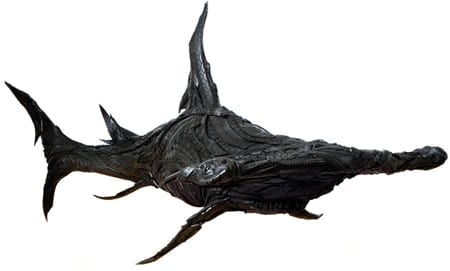
˜˜˜˜˜˜˜˜˜˜˜˜˜˜˜˜˜˜˜˜˜˜˜˜˜˜˜˜˜˜˜˜˜˜˜˜˜˜˜˜˜˜˜˜˜˜˜˜˜˜˜˜˜˜˜˜˜˜˜˜˜˜˜˜˜˜˜˜˜˜˜˜˜˜˜˜˜˜˜˜˜˜˜˜˜˜˜˜˜˜˜˜˜˜˜˜˜˜˜˜˜˜˜˜˜˜˜˜˜˜˜˜
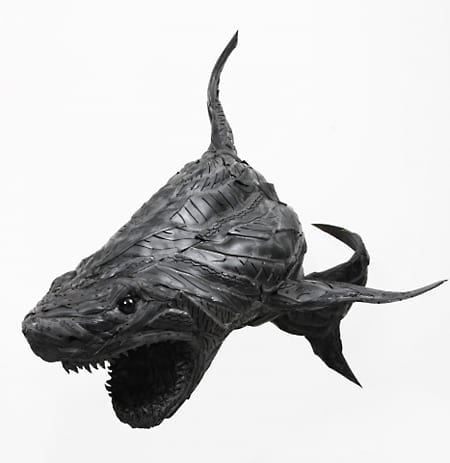
Won Park, on the other hand, just needs a one dollar bill to bring to life his own origami pieces with the added difficulty of working from a rectangular shape that can only be folded, not cut, glued or taped. Marvel at this beautiful koi or the “dollar shark”.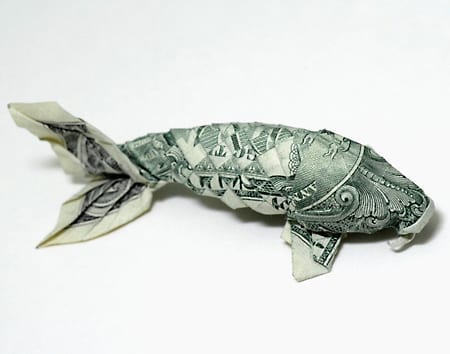
˜˜˜˜˜˜˜˜˜˜˜˜˜˜˜˜˜˜˜˜˜˜˜˜˜˜˜˜˜˜˜˜˜˜˜˜˜˜˜˜˜˜˜˜˜˜˜˜˜˜˜˜˜˜˜˜˜˜˜˜˜˜˜˜˜˜˜˜˜˜˜˜˜˜˜˜˜˜˜˜˜˜˜˜˜˜˜˜˜˜˜˜˜˜˜˜˜˜˜˜˜˜˜˜˜˜˜˜˜˜˜˜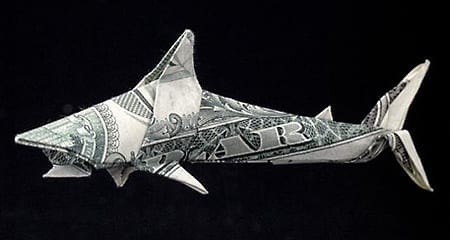
Down at the bottom of the sea in Japan a small male puffer fish busily works day and night with his tiny fin to create intricate, grooved circular patterns in the hope of attracting a female mate. Females are somehow attracted to these beautifully arranged ridges and, if pleased, will lay their eggs in the middle of the circle. It is believed the design might help protect the eggs from being dragged by currents. (This fascinating discovery was made by underwater photographer Yoji Ookata. Please visit his WEBSITE)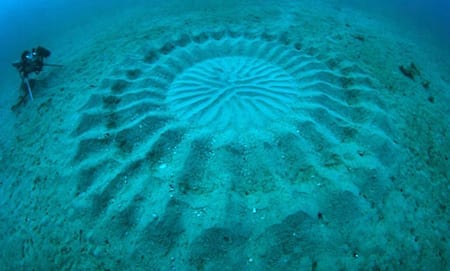
˜˜˜˜˜˜˜˜˜˜˜˜˜˜˜˜˜˜˜˜˜˜˜˜˜˜˜˜˜˜˜˜˜˜˜˜˜˜˜˜˜˜˜˜˜˜˜˜˜˜˜˜˜˜˜˜˜˜˜˜˜˜˜˜˜˜˜˜˜˜˜˜˜˜˜˜˜˜˜˜˜˜˜˜˜˜˜˜˜˜˜˜˜˜˜˜˜˜˜˜˜˜˜˜˜˜˜˜˜˜˜˜
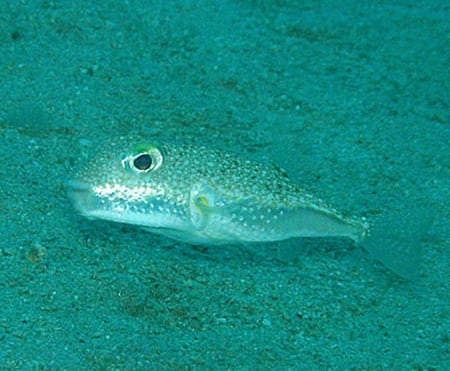
Marc Fichou makes origami animals “where the image cannot be separated from its referent, this creating a link between past and present”.
“In my series, the sheet of paper contains both the photographic and the material memories of its past origami form. Origami and paper are one and the same thing at two different times, and in two different spaces and in two different shapes.“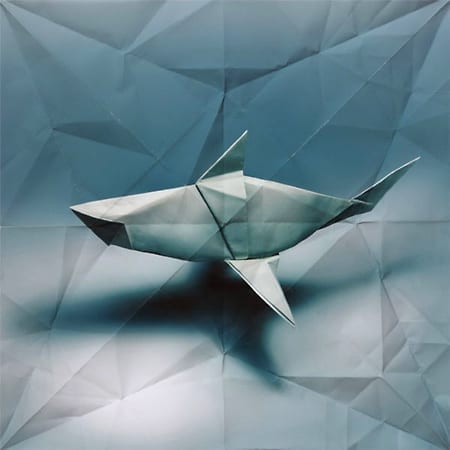
DALeast paints gigantic street art murals of animals and fish that seem to be made of twisted iron, like this giant whale. He is having a solo exhibition at the Jonathan Levine Gallery in NYC December 1-29, should you happen to be in the city around Christmas.
“There she blows!”, a true white whale spotted on a boat trip to Svalbard,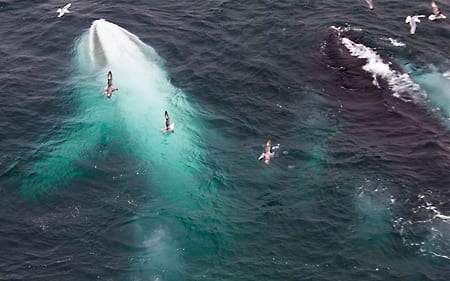
Photo Credit Dan Fisher
… and
a group of sperm whales sleeping; the sea as their enveloping blue papoose.
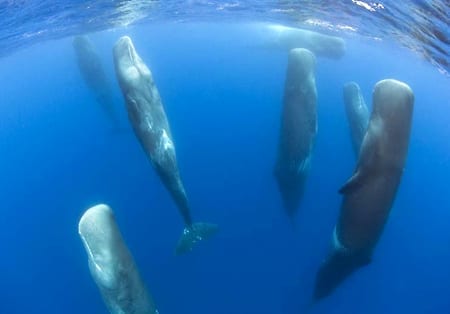
The simple beauty of a coconut octopus with its attractive dark ramified lines and white suckers, the most beautiful attire for the world’s cleverest invertebrate
Photo by Mario Neuman
and finally one of the many outstanding photographs by zoologist and photographer Alexander Semenov’s. A very festive lion mane’s jellyfish. Happy holidays. From Twistedsifter.com
From Twistedsifter.com


